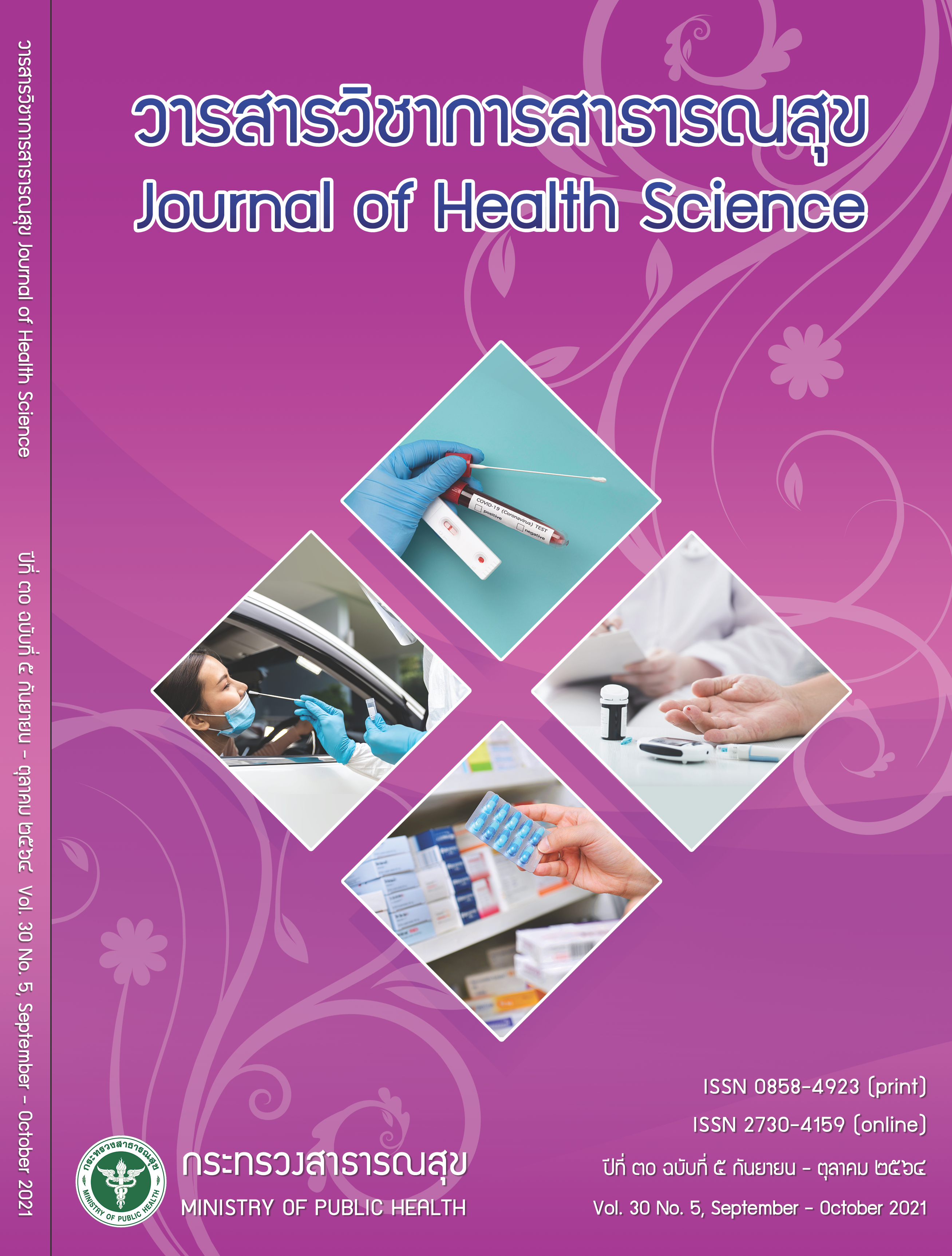Exercise Position for Treating Individuals with Frozen Shoulder
Keywords:
frozen shoulder, adhesive capsulitis, exercise, shoulder painAbstract
Frozen shoulder or adhesive capsulitis is a common condition, reporting the prevalence of 2-5% approximately in general population, especially in middle-age people with 40-60 years old, and women are more prevalent than men. Unknown origins or traumatic- or inflammatory-related can be assumed for the pathogenesis of frozen shoulder. The affected shoulder will be then replaced with the fibrosis, which adhere to the adjacent tendons and ligaments. This adherence causes decreased extensibility and the thickening of shoulder joint capsules. These changes influence shoulder joint stiffness, movement limitation, and pain. The diagnosis depends on the history taking and physical examinations. The interventions can be divided into 2 ways comprising the conservative treatments such as medication, local steroid injection, acupuncture for pain mediation, physical therapy treatments, therapeutic exercises. Also, the surgical approach is another option. However, the decision for selecting appropriate interventions depend on individual’s severity and conditions.
Downloads
Downloads
Published
How to Cite
Issue
Section
License

This work is licensed under a Creative Commons Attribution-NonCommercial-NoDerivatives 4.0 International License.







